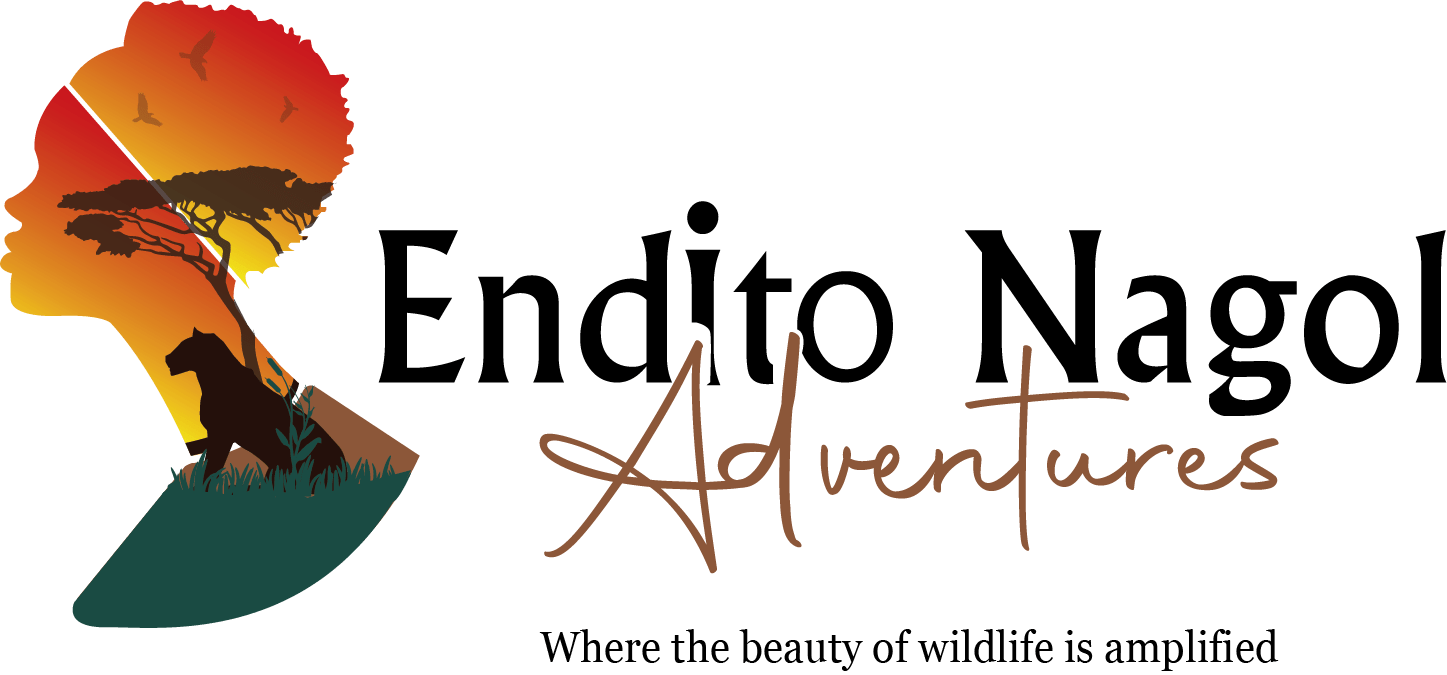Climbing Mount Kilimanjaro has become a popular adventure for travelers from all over the world. Standing at 19,341 feet, it’s the highest mountain in Africa and the tallest freestanding mountain in the world. With its majestic views, unique wildlife, and challenging terrain, it’s no wonder Kili is such a sought-after destination. There’s no denying its appeal, but the mountain also provides other noteworthy uses. Let’s take a closer look at some of Kili’s marvelously diverse uses.
Climbing Kili: A Marvelous Experience
Mount Kilimanjaro is an iconic destination for climbers and adventurers around the world. The peak’s rocky terrain provides a thrilling challenge, and the stunning views from the summit make it all worthwhile. The journey up the mountain is often referred to as the “roof of Africa” – a well-deserved nickname. There are several different routes to the summit, all of which provide breathtaking scenery and an unparalleled sense of accomplishment for those who reach the top.
Kili is also a great place to spot some of Africa’s unique wildlife. From its low-lying forests to its barren ridges, the mountain is home to a variety of animals. The most commonly seen are antelope, buffalo, and monkeys, but you may also spot the rare and endangered Kilimanjaro colobus monkey.
The journey to the summit isn’t to be taken lightly, however. Climbers must be prepared with the right equipment and training to make the trip safely and comfortably. It’s also important to remember that the summit is only half the climb – getting down is just as important.
Exploring Mount Kilimanjaro’s Uses
Kili isn’t just a climbing destination – it’s also an important source of groundwater for the millions of people living in the region. Its glaciers supply much-needed water to the surrounding areas, which helps to sustain local populations.
Mount Kilimanjaro is also an important part of the local culture. The mountain is featured in many local songs and stories, and it’s a part of the Tanzanian identity. The Chagga people, who live in the foothills of Kili, have a deep respect for the mountain and its power.
Finally, Kili is an important part of the scientific community. Scientists are studying the mountain’s glaciers and its effect on climate change. The data they collect will help us to better understand our environment and give us a better chance of protecting it.
Kili is an amazing destination for adventurers, but its uses go far beyond that. From providing a vital source of water to local communities to inspiring stories and songs, the mountain is an integral part of the Tanzanian experience. And its glaciers are helping scientists better understand climate change and its effects. Climbing Kili is a marvelous experience, but it’s also part of something much greater.

